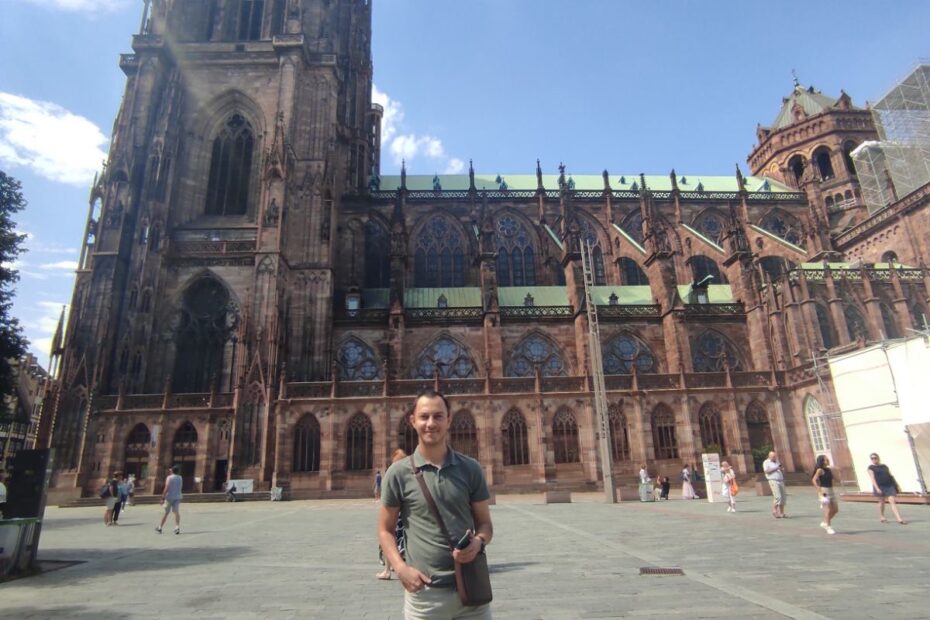As part of the Erasmus+ mobility program, our colleague Mladen Banović completed a research stay at the prestigious Femto-ST Institute in Besançon, France, working within the Optics Group under the supervision of Dr. Daniel Brunner.
During the stay, Mladen focused on modeling large-area Fabry–Perot lasers for use in all-optical reservoir computing architectures. These systems aim to leverage spatial effects to enhance high-speed image classification. Unlike conventional models, which typically rely on one-dimensional approximations, the model developed at Femto-ST integrates a second spatial dimension. This allows for the simulation of transverse optical effects—such as diffraction and amplification—which are critical for understanding the behavior of large-area devices.
The model also accounts for optical signal injection, analyzing various spatial and temporal profiles at high data rates. These simulations—run using high-performance computing resources—demonstrated strong agreement with experimental results and provided new insights into the spatiotemporal dynamics of lasers for neuromorphic computing applications.
Beyond simulation work, Mladen collaborated with PhD students on related experimental studies. This close interaction between modeling and experimental efforts proved mutually beneficial and has led to an ongoing collaboration, with a joint scientific publication currently in preparation.
This research stay further strengthens ORCA-LAB’s commitment to international collaboration and innovation in the field of photonic neural networks.
